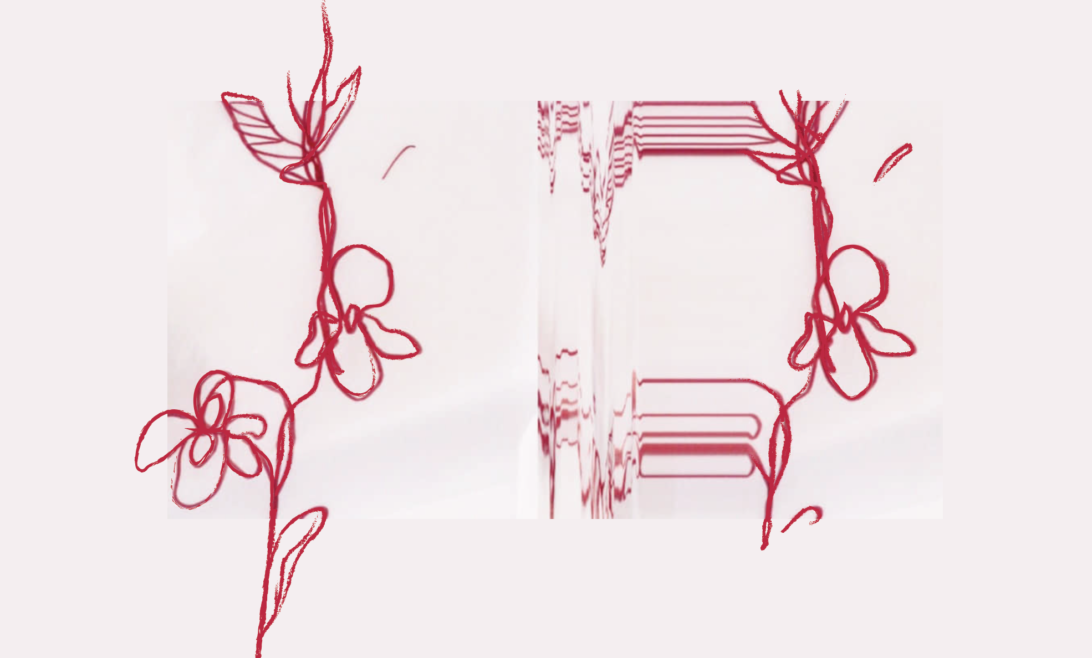*Final project*
-This project has animations that were made using Jhon Audubon’s illustrations (public domain) and audios from Lang Elliot’s National Audubon Society – Bird Song Collection-
From the beginning, the idea was to be able to call birds, familiarize yourself and to learn about them. Where do they live? how do they look like? how do they sound like? These questions are the building blocks not only of ornithology but also of birding; a recreational activity that encourages people to go outside, listen to birds, observe and get involved with the wildlife around the cities. Because creating a conversation between the possibilities around p5js and scientific illustrations, I decided to go with one renown artist and in the United States.
Jhon Audubon is an icon, his work is not only beautiful but a wonderful exploration of wildlife and his legacy is present and very much alive especially here, in New York City. The National Audubon Society has one of the main offices in NYC; the New York Historical Society has a permanent exhibition of most of Audubon The Birds of America watercolors and the artist himself lived and died in Manhattan. This project is somehow a homage to Audubon and New York City, as an illustrator, a birdwatcher and a new new yorker.
THE MATERIALS
I used an Electrect Microphone Amplifier, an Arduino UNO and a wooden Birdhouse. Because of the physical part of the birdhouse this project has serial communication between the Arduino and the p5js sketch. The codes are based on the PCOMP lab examples for serial communication and Adafruit’s microphone example.


THE PROCESS
On first code test I wanted to focus first on how the code should work rather than what it was showing, so most of the images, videos and sound because came from the marvelous internet. For this sketch, I used this videos: bird1, bird2, and bird3.


AUDUBON’S ILLUSTRATIONS AND ANIMATION
Birds of New York City




You could call the birds with mousePressed here
THE AESTHETICS
New York graffiti subculture ft Audubon



FINAL APPROACH
Graphic and animation



THE CODE
 The final code could be found here
The final code could be found here
Special thanks to Aarón Montoya, Alejandro Matamala y Daniel Castaño.

 Here is were birding came to the rescue, I’m a total amateur and not a good birder at all, it gave me the opportunity of nourish this interest of mine. Unfortunately… I haven’t illustrated in months and all the birding I make these days is a random – magical – tiny -unexpected moment than anything else.
Here is were birding came to the rescue, I’m a total amateur and not a good birder at all, it gave me the opportunity of nourish this interest of mine. Unfortunately… I haven’t illustrated in months and all the birding I make these days is a random – magical – tiny -unexpected moment than anything else.











































